Azure Digital Twins is a first-of-its-kind solution in the industry. By merging data from previously unrelated devices and corporate processes, it breaks down barriers among intelligent environments. It means you can keep track of both past and current events, replicate scenarios, and help anticipate what will happen in those environments in the future. In this article, we will focus on Azure Digital Twins Pricing and features.
Digital Twins provides ready-to-use building pieces that make building comprehensive, significant digital models that bring ideas to life much easier. Organizations can develop production-ready solutions using this trusted enterprise-grade platform, which provides scale, stability, privacy, and extensive market availability.
Azure Digital Twins Pricing & Features
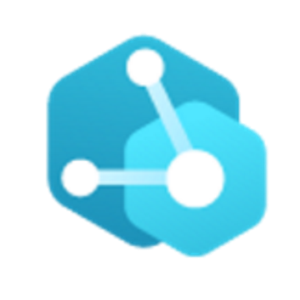
Microsoft Digital Twins is an Internet of Things (IoT) platform that allows you to connect the real and virtual worlds, enabling you to transform your organization and deliver exceptional customer experiences.
Organizational Use Cases:
- AI and application development
- IoT Data Analytics.
- Infrastructure and hybrid cloud.
- The Internet of Things (IoT). Secured, robust, and open edge-to-cloud solutions connect, analyze, and control devices.
- Governance and security.
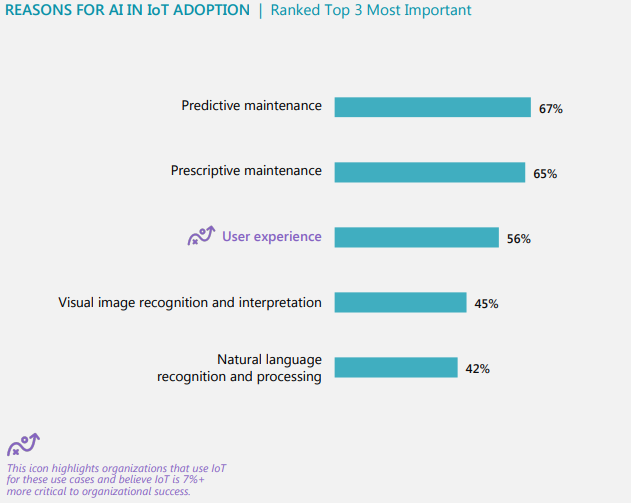
The pricing model structure of Azure Digital Twins
Azure Digital Twins Pricing model is as follows:
Price | |
| Message | $1 per million messages |
| Operation | $2.50 per million operations |
| Query unit | $0.50 per million query units |
What are the top features and Capabilities of Azure Digital Twins
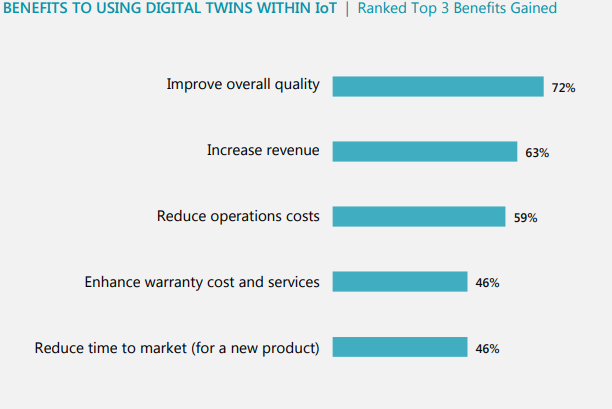
DTDL
DTDL is an open modeling language that’s similar to JSON (JavaScript Object Notation) and can be used to quickly develop bespoke models. To expedite development, in an intelligent environment with the help of pre-made models. A real-world environment is created by connecting twins. Each twin has its own set of characteristics that determine how twins connect a complex knowledge graph. DTDL acts as a connector between digital twin solutions as well as other Azure ecosystem components.
Live Execution
Live execution of digital twins employing a comprehensive event system to keep the graphical representations up to date with business logic, which is scalable and safe with the integration of data from IoT devices as well as other sources. It lets you, query models, for insights based on a variety of circumstances and relationships. With the assistance of a successful event system, graphs can be regularly updated with business logic and data analysis.
It enables us to connect to Azure functionalities in order to tailor data processing. Azure digital-twins offers a query framework that allows users to search for twins on a broad range of relationships to extract insights from a real-time execution environment.
Input from IoT Devices
It is effortlessly connected to assets such as IoT and Azure IoT Edge devices for input and business platforms (ERP, CRM) for meaningful insights via Azure IoT hub. REST API is provided by Azure digital-twin, which offers a wide range of data sources other than IoT, allowing for more actionable insights.
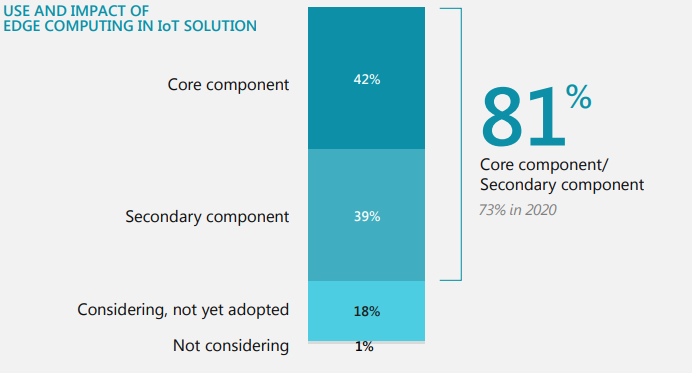
Output to Time Series Insights
Data from the Azure digital twin model can be sent downstream to be analyzed and stored. The event route provides this feature that leverages a service bus, event hub, and event grid to drive the required flow of data. Integration with other Azure services enables data storage in Azure data lake as well as machine learning analytics using Azure Synapse analytics. Model creation is made easier by combining all of these skills. Instead of focusing on hard processes, digital transformation and digital representation of the environment enable users to focus on what defines their organization.
Custom Domain Models for any Environment via Azure Digital Twins:
Azure Digital Twins’ new preview allows users to create unique models of any connected environment. Users can customize their Digital Twins service to the exact needs of their use case by leveraging the rich and adaptable Digital Twins Definition Language (DTDL), which is based on the JSON-LD standard.
Connected twins are used to construct real-world environments. Properties, monitoring events, components, and interactions are used to represent each twin, defining how twins might be integrated into rich knowledge graphs.
DTDL is the glue that connects and integrates your Azure Digital Twins solution with the rest of the Azure ecosystem.
Live Graph representation and its uses
Live Graphs automatically updates and animates as your data changes in real-time, allowing you to add, remove, or insert a value to a collection while viewing it in the UI.
These reports are intended to track the overall development of a project or a specific section of it in real-time.
Using only Python, it is used to construct interactive online dashboards. Live graphs are very important for applications like medical testing, stock data, or basically any form of data that changes in a very short period of time and cannot be reloaded each time the data is changed.
- Live Graphs is versatile, including solid gauges, angular gauges, maps, and more.
- Any chart you choose, in any style.
- It is the authorized package to improve the performance in the open-source library, and it is very effective.
Integration with Azure IoT Hub, Logic Apps, and REST APIs:
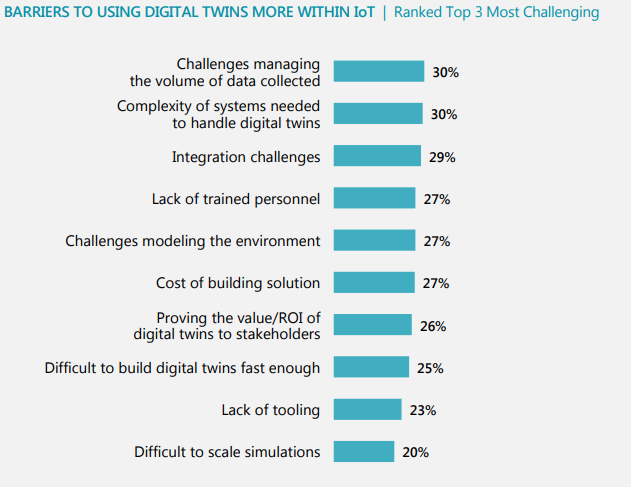
Digital Twins can be used to create a digital twin architecture that mimics real IoT devices in a larger cloud solution and communicates with IoT Hub device twins to send and receive real-time data.
Device twins from the IoT Hub can be linked to Azure Digital Twins to create an end-to-end solution that depicts devices across services.
Digital models in Azure Digital Twins are real-time, up-to-date replicas of the physical environment. Users can integrate twins into a live graph reflecting their environment using the connections in their unique DTDL models.
Under this Azure Digital Twins’ pricing users can use robust query API, users can also gather information from the live execution environment. Users can also combine searches to get a wide range of information about their surroundings while also answering bespoke queries that are essential to them.
It includes a comprehensive event system that updates the graph with data and business logic.
Users can also use REST APIs or interfaces to other services like Logic Apps to drive Azure Digital Twins from those other sources of data.
Azure Digital Twins for establishing a single live integration layer for IoT devices
In the real world, IoT device takes up residence as if they were a tangible thing. A virtual replica of a real device in a system is known as a digital twin. In a virtual environment, it simulates the physical dimensions, capabilities, and functionalities of the IoT device.
The IoT device’s sensors collect data and relay it back to its digital twin. Data is used by IoT developers and researchers to generate new schemas and logic, which are then tested on the digital twin. The functioning code is uploaded into the IoT device via over-the-air updates once it has been validated.
Benefits of Azure Digital Twins for Enterprise IoT Deployments
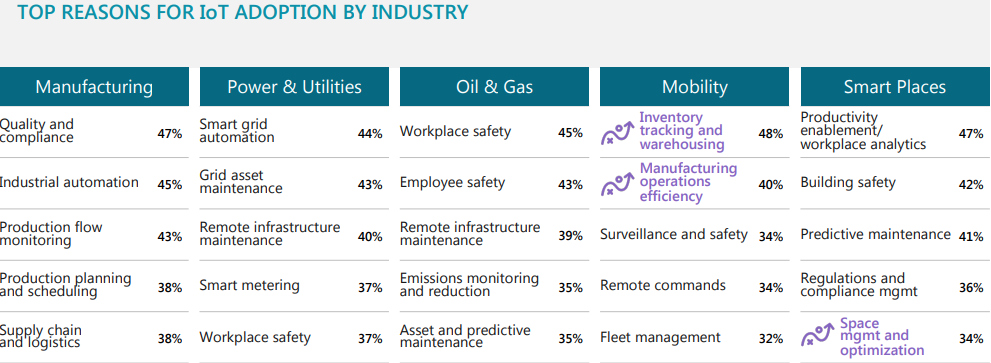
- Digital Twin Applications can be found in every business and IoT arena. Digital twins can serve as a foundation of support for IoT activities in any business, from sensitive healthcare to mechanical production.
- Microsoft Azure Digital Twins enables users to connect the real and digital worlds, enabling them to revolutionize their organization and deliver exceptional client experiences.
- It helps users keep track of both past and current events, replicate scenarios, and help anticipate what will happen in those environments in the future.
- Under this Azure Digital Twins pricing structure, users can build production-ready solutions , which provides scale, reliability, safety, and extensive market availability.
Real-World Examples of Azure Digital Twins Implementation:
Johnson Controls: Johnson Controls and Microsoft are partnering to digitally alter the way buildings and spaces are designed, built, and maintained. A holistic connection between their technology, OpenBlue Digital Twin, and Digital Twins is at the heart of this relationship. The platform serves as the cornerstone for energy and space efficiency, predictive maintenance, and remote operations, and the cooperation helps enable integrated design management.
Ansys: For users leveraging Azure Digital Twins, Ansys, a global leader in simulation software, now enables native integration of simulation-based digital twins through Ansys Twin Builder. As a result, the simulation-based twins can be more easily integrated into a larger IoT solution.
Brookfield Properties: With Willow’s Azure Digital Twins-based offering, Brookfield Properties, one of the world’s leading commercial office landlords, created a digital twin of their One Manhattan West (OMW) complex. This ecosystem, dedicated to establishing a “live, work, play” ecology, lays the framework for a digital-first future while also unleashing cost reductions, energy savings, and value-added solutions presently. This solution makes use of Real Estate Core’s ready-to-use, open-source models, which can be utilized to assist speed up development in a variety of sectors.
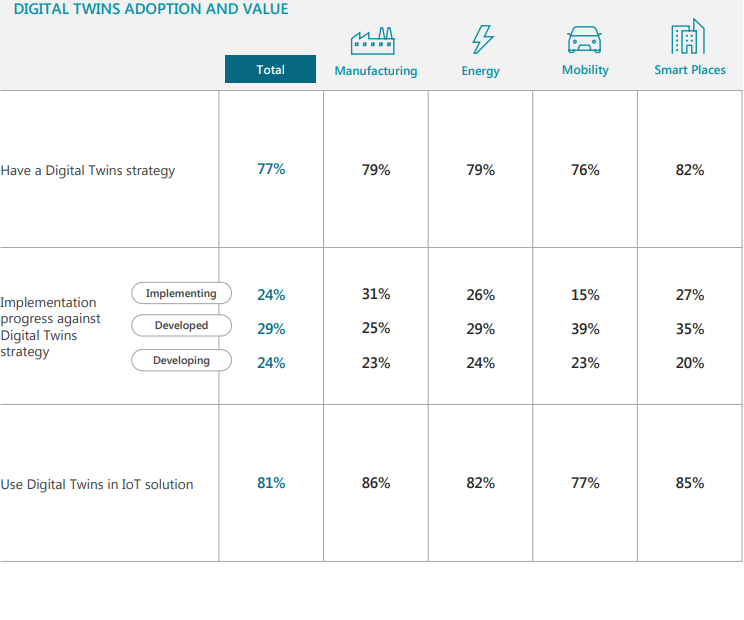
EPCGroup as Azure Consulting Partner
The EPC Group is delighted to be a Microsoft Certified Gold Partner, assisting their clients with some of their most challenging difficulties. From transferring big, mission-critical SAP deployments to Azure in record time to enhancing the Workplace Experience for every employee, The EPC Group has proven to be a game-changer. Furthermore, with Digital Twin solutions, they can design creative and sustainable mobility solutions while also speeding up the process of digital adoption and implementation.
Conclusion:
To conclude, It has proved to be a commercial big thing. Under Azure Digital Twins pricing structures it offers low latency, great scalability, and a simple development architecture for analyzing incoming telemetry. This service has the ability to solve a wide range of key use cases while also introducing new IoT solutions that provide quick, actionable insights. Hence, this service is one-of-a-kind.
5 Keys to Understand Azure Digital Twins











